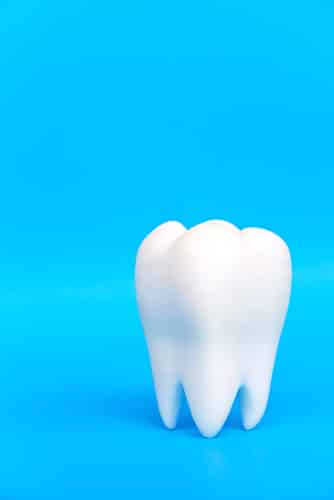How Does Bonding And Contouring Work?
Posted August 24, 2015 by Wager-Evans Dental


What Happens When a Tooth Becomes Damaged?
Our teeth are composed of multiple layers. The outmost, or enamel, protects the teeth from harmful bacteria. Beneath, a sensitive layer of dentin makes up the majority of the tooth structure. In the center and in the roots is the pulp, a bundle of living tissue acting as the tooth’s nerve center. When you break or chip a tooth, bacteria can reach the dentin and cause decay. Eventually, untreated decay can allow bacteria to reach the pulp, where a painful infection can develop that may lead to tooth loss.
How Do I Know If I Need Treatment?
In most cases the chipped tooth will be noticeable. Other times, the damage may be slight. Possible warning signs that you require treatment may include sensitive teeth or a persistent toothache. Do not ignore pain in your teeth; see a dental professional for a diagnosis right away.
Dental Bonding
Completed in a single visit, bonding involves building up the lost structure with a composite resin. The material will be shaded to match the tooth color and then placed in several layers. Using a light, the material is cured as the dentist sculpts and molds the tooth. Bonding can repair damage and correct minor esthetic concerns.
Dental Contouring
Contouring may be performed along with bonding. If you have esthetic concerns with the tooth, such as pits or grooves in the surface or the teeth are misshapen or overly pointed, contouring can help. The process simply involves shaving away a miniscule portion of structure to improve the tooth’s appearance.



